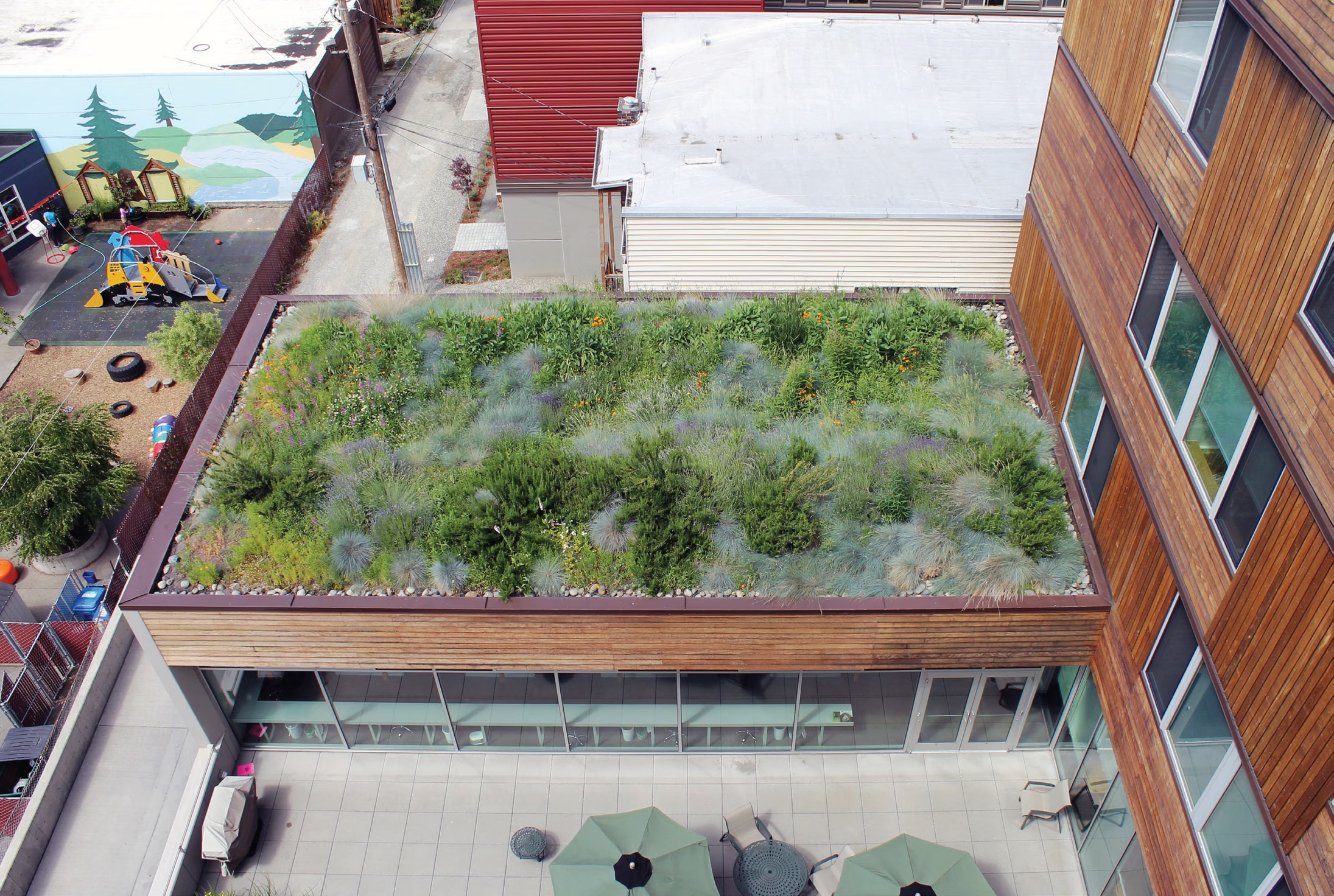Elizabeth J. Grant, Ph.D., R.A.

Elizabeth Grant is Building and Roofing Science Manager at GAF Materials Corporation. She has written a book entitled Integrating Building Performance with Design: An Architecture Student’s Guidebook and papers in Buildings & Cities, Architectural Science Review, the Journal of Green Building, the Journal of Architectural Engineering, 2A: Architecture and Art, Revista AUS, Interface, and Professional Roofing. She has presented at conferences held by ACSA, ARCC, EAAE, ICBEST, IIBEC, and PLEA. She co-holds two patents for an omnidirectional roof vent and is active in research critical to roofing design. As a registered architect, Dr. Grant’s design experience includes healthcare, civic, and educational work. Before joining GAF, she taught at Virginia Tech’s School of Architecture + Design, offering courses in architectural design, environmental design research, and environmental building systems. Her ongoing research, innovation, and outreach work focuses on the building enclosure and finding sustainable solutions to pressing architectural and environmental problems.
In architecture, innovation does not always involve huge leaps forward. Often, it can mean taking small, steady steps toward better designs. Throughout my architectural career I have worked on projects that took a novel approach to perennial challenges, mapped new design processes, quantified benefits, revealed inconvenient truths, and improved existing building systems, all to help advance the discipline of architecture.
In my work with my colleagues to develop a prototype for an omnidirectional pressure-equalizing roof vent1, we improved upon existing pressure-equalizing systems, which were themselves alternatives to traditional means of installing low-slope roofs. Pressure-equalized systems rely on transferring negative air pressure from the zone immediately above the roof membrane to the small space beneath it. Our prototype improved upon existing systems by harnessing the power of the wind through the Venturi and Bernoulli effects to create additional suction pressure, more firmly affixing the membrane to its substrate.
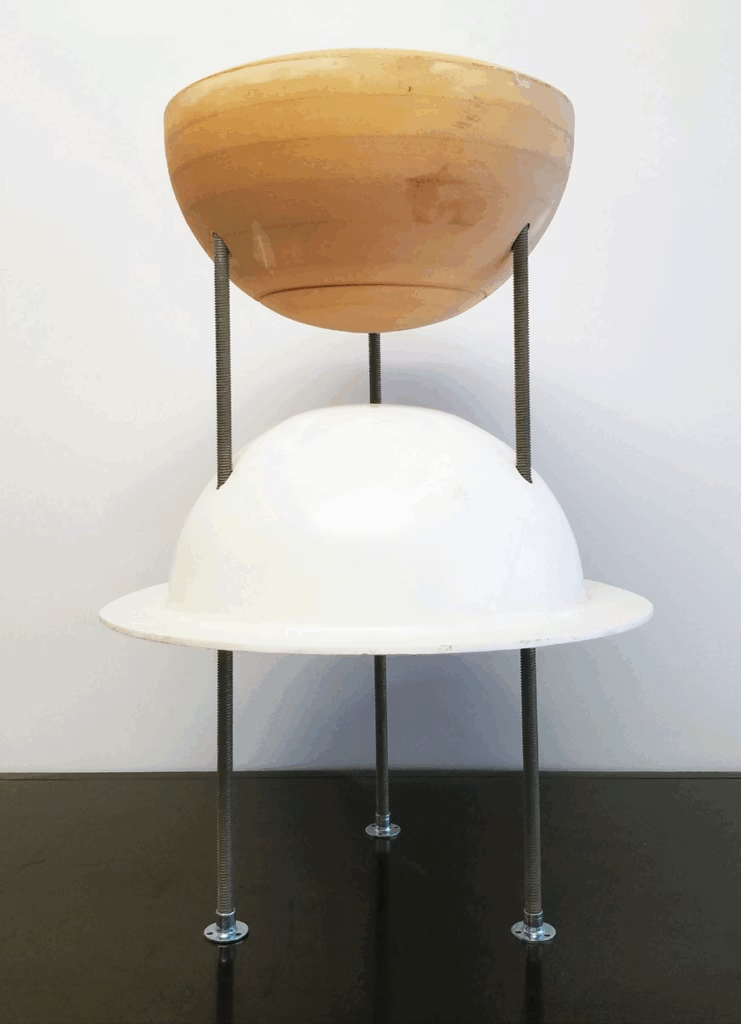
As green roofs exploded in popularity in North America, I became familiar with their problems and their promise2. In my doctoral work, I developed a decision-making framework describing the common factors designers consider when selecting green roof systems. These factors were stormwater, energy, acoustics, structure, compliance, and cost. I interviewed green roof designers and mapped their processes so that they could be replicated by others in the future.
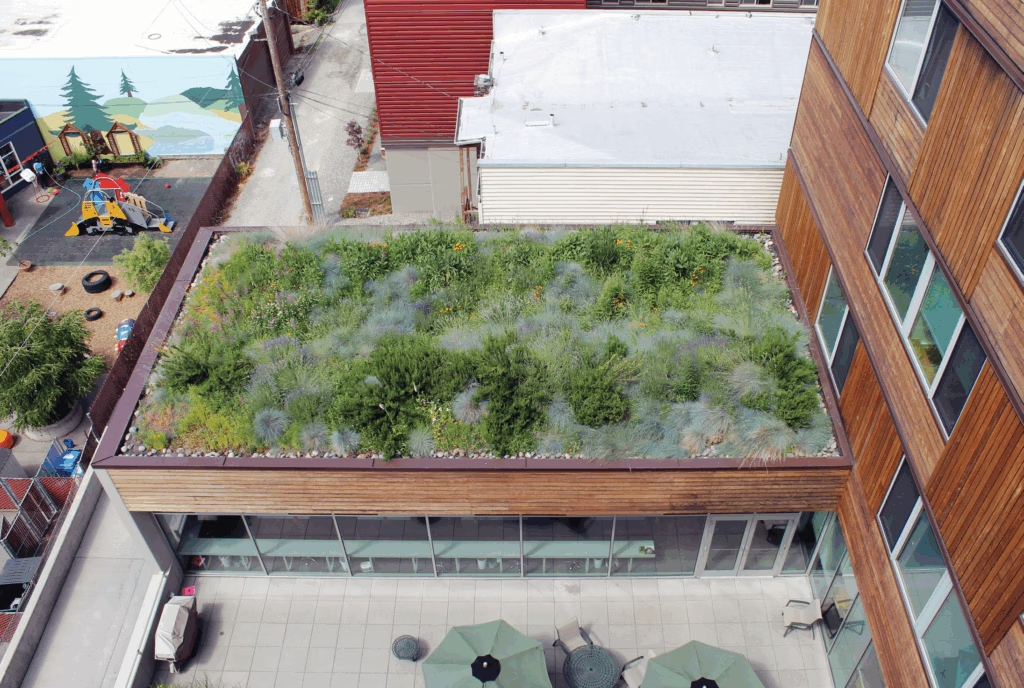
Subsequently, I dove deeper into the stormwater factor and conducted an experiment to determine the runoff reduction provided by three different depths of modular green roof systems3. Green roofs had been tested for their performance, mainly in Europe, but there was no literature at the time on runoff reduction by modular systems in North America. By showing that the runoff reduction rates were similar to those found by other researchers exploring in-situ systems, I was able to contribute to a growing body of literature supporting and quantifying the benefits of green roofs.
Sometimes innovations made to diminish negative environmental impact can have unintended consequences. The adoption of white, reflective roofing to reduce heat gain and the associated urban heat island effect was accelerated rapidly by the incorporation of reflective roofing into rating systems such as LEED4. I sought to explore the ramifications of increased roof reflectivity on air temperatures above the roof, and on equipment above, and walls and windows adjacent to, roof surfaces. This work showed that reflecting sunlight off a roof can contribute to warming in other locations, and served to qualify the assumption that reflective roofing is the best design choice for all buildings.
I am currently involved in a study in which we aim to help architects and roof consultants to better understand the thermal consequences of the most common form of membrane roof attachment, mechanical fasteners. Thermal bridging at roof fasteners reduces the effective thermal insulation of roof systems, but this reduction has not yet been quantified in codes or standards5. This research will allow designers to take the energy costs and other consequences of these thermal bridges into account and find ways to mitigate their effects.
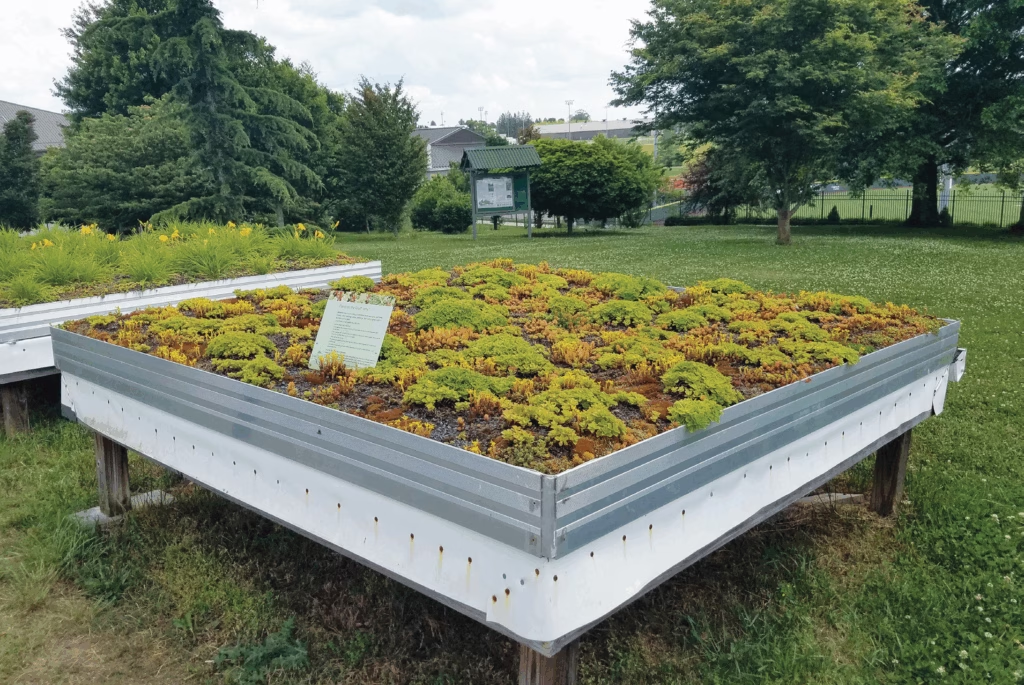
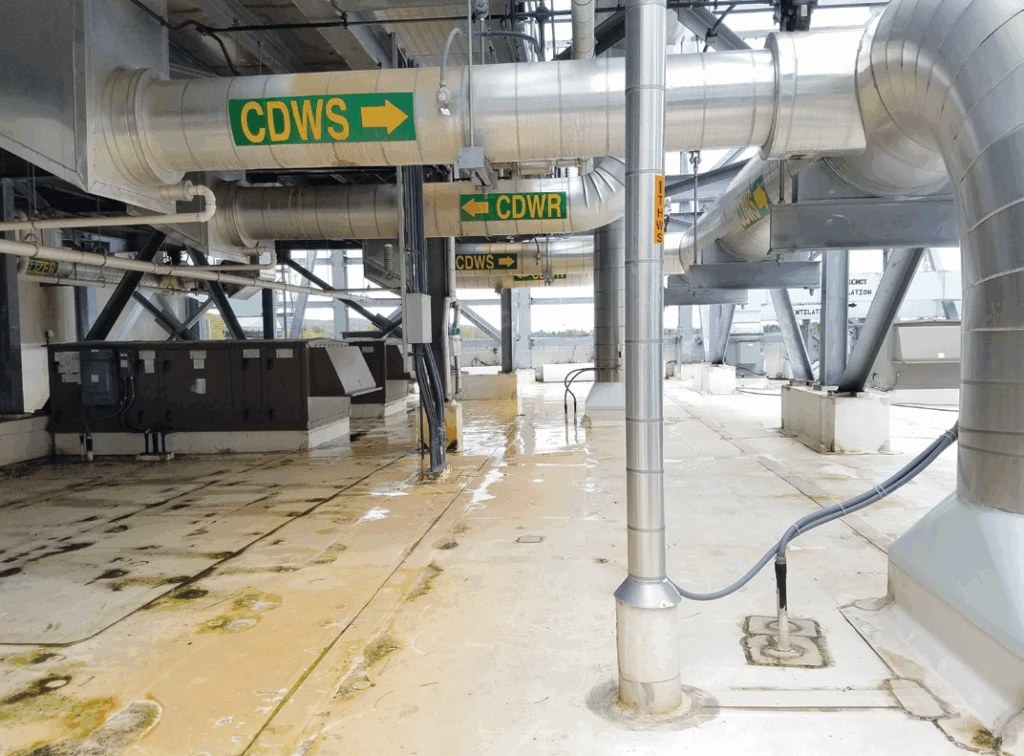
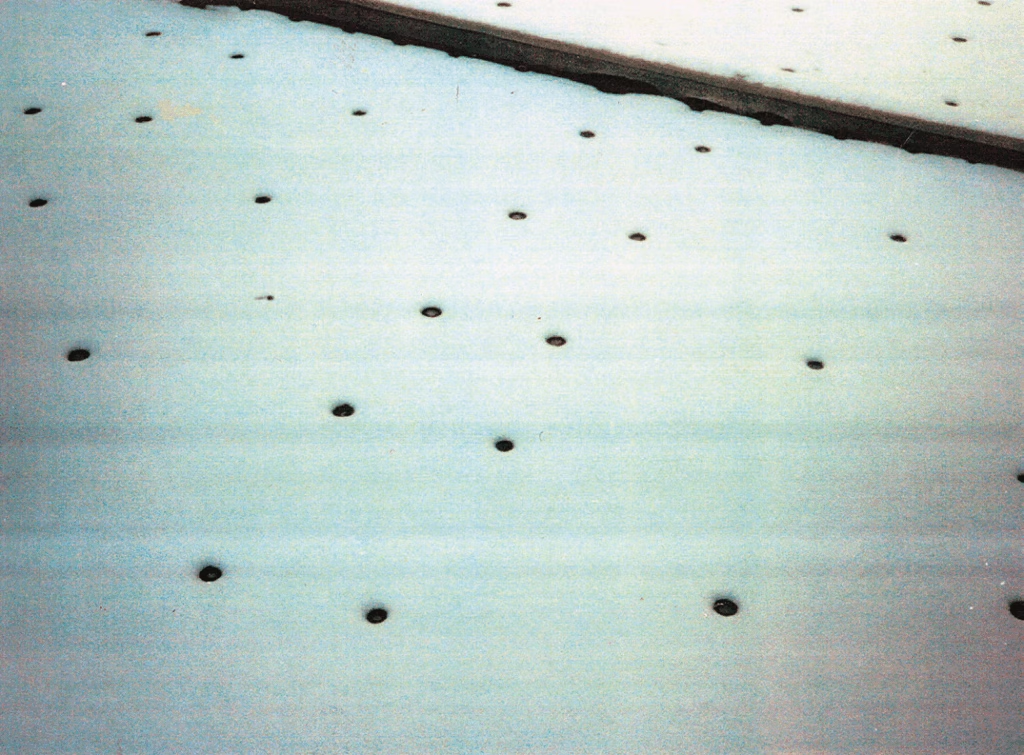
1. Elizabeth J Grant, James R. Jones, and Pavlos P Vlachos, “Design and Wind Tunnel Performance Testing of a New Omnidirectional Roof Vent,” Journal of Architectural Engineering 13, no. 1 (2007).
2. Elizabeth Grant and James Jones, “A Decision-Making Framework for Vegetated Roofing System Selection,”Journal of Green Building 3, no. 4 (2008).
3. Elizabeth Grant, Kenneth Black, and James Jones, “Planning for Resilience: Predicting Vegetated Roofs’ Runoff Reduction” (paper presented at the ICBEST 2014: Building for a Changing World, Aachen, Germany9-12 June 2014).
4. Elizabeth J. Grant, Kenneth A. Black, and Stephen R. Werre, “The Influence of Roof Reflectivity on AdjacentAir and Surface Temperatures,” Architectural Science Review 60, no. 2 (2017).
5. Thomas Taylor et al., “Fastener Thermal Bridging in Low-Slope Roofs: Where Do We Stand on Energy and Money Loss, Codes and Verification?,” Interface 39, no. 2 (2021).
References
Grant, Elizabeth, Kenneth Black, and James Jones. “Planning for Resilience: Predicting Vegetated Roofs’ Runoff Reduction.” Paper presented at the ICBEST 2014: Building for a Changing World, Aachen, Germany 9-12 June 2014.
Grant, Elizabeth J, James R. Jones, and Pavlos P Vlachos. “Design and Wind Tunnel Performance Testing of a New Omnidirectional Roof Vent.” Journal of Architectural Engineering 13, no. 1 (2007): 18-21.
Grant, Elizabeth J., Kenneth A. Black, and Stephen R. Werre. “The Influence of Roof Reflectivity on Adjacent Air and Surface Temperatures.” Architectural Science Review 60, no. 2 (2017/03/04 2017): 137-44.
Grant, Elizabeth, and James Jones. “A Decision-Making Framework for Vegetated Roofing System Selection.” Journal of Green Building 3, no. 4 (2008): 138-53.
Taylor, Thomas, Jennifer Keegan, Elizabeth Grant, and Georg Reichard. “Fastener Thermal Bridging in Low-Slope Roofs: Where Do We Stand on Energy and Money Loss, Codes and Verification?”. Interface 39, no. 2 (2021): 22-27.

